
Black Stilt
Himantopus novaezelandiae
Also known as: Kaki


Himantopus novaezelandiae
Also known as: Kaki

The black stilt, or kakī in Māori, is a critically endangered wading bird native to New Zealand. About the size of a small heron but with extremely long legs, this striking bird is one of the rarest in the world. Its jet-black plumage and pink legs make it a unique and precious part of New Zealand's avian fauna, with its survival hanging in the balance.
1. Adult plumage is entirely black, unlike the black-and-white pied stilt
2. Extremely long, delicate pink legs and slender black bill
3. Often seen alone or in pairs, wading in shallow braided rivers
Black stilts breed from September to December, nesting on riverbanks or islands. They're highly vulnerable to introduced predators like cats and ferrets. Their specialized feeding technique allows them to forage in conditions that other waders can't, but habitat loss threatens this advantage. Conservation efforts include intensive predator control and a captive breeding program. Despite these measures, their population remains critically low.
Black stilts are primarily found in the Mackenzie Basin of the South Island, particularly along the upper Waitaki River system. Look for them wading in shallow braided rivers, wetlands, and nearby ponds. Dawn and dusk are good times to spot them foraging. Some birds migrate to North Island harbors in winter. The best viewing opportunities are often at managed wetland areas where predator control is in place. Tip: Join a guided tour in the Twizel area for the best chances of seeing these rare birds in their natural habitat.
Known as kakī in te reo Māori, the black stilt was once common throughout New Zealand but is now one of the world's rarest birds. It holds significant cultural value as a taonga (treasure) species. The black stilt's plight highlights the impact of human settlement and introduced predators on New Zealand's unique birdlife. Its conservation story represents both the challenges and hopes for preserving New Zealand's endemic species.
40 cm
220 g
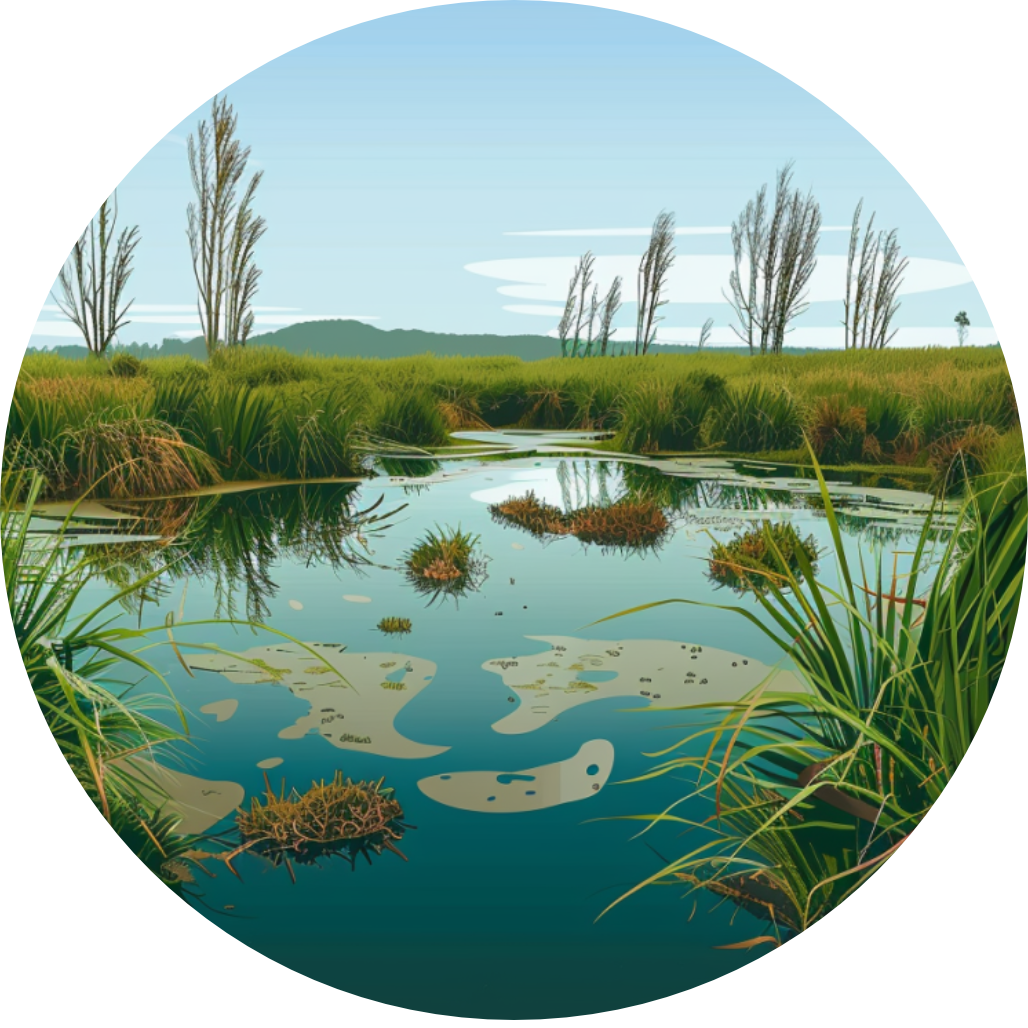
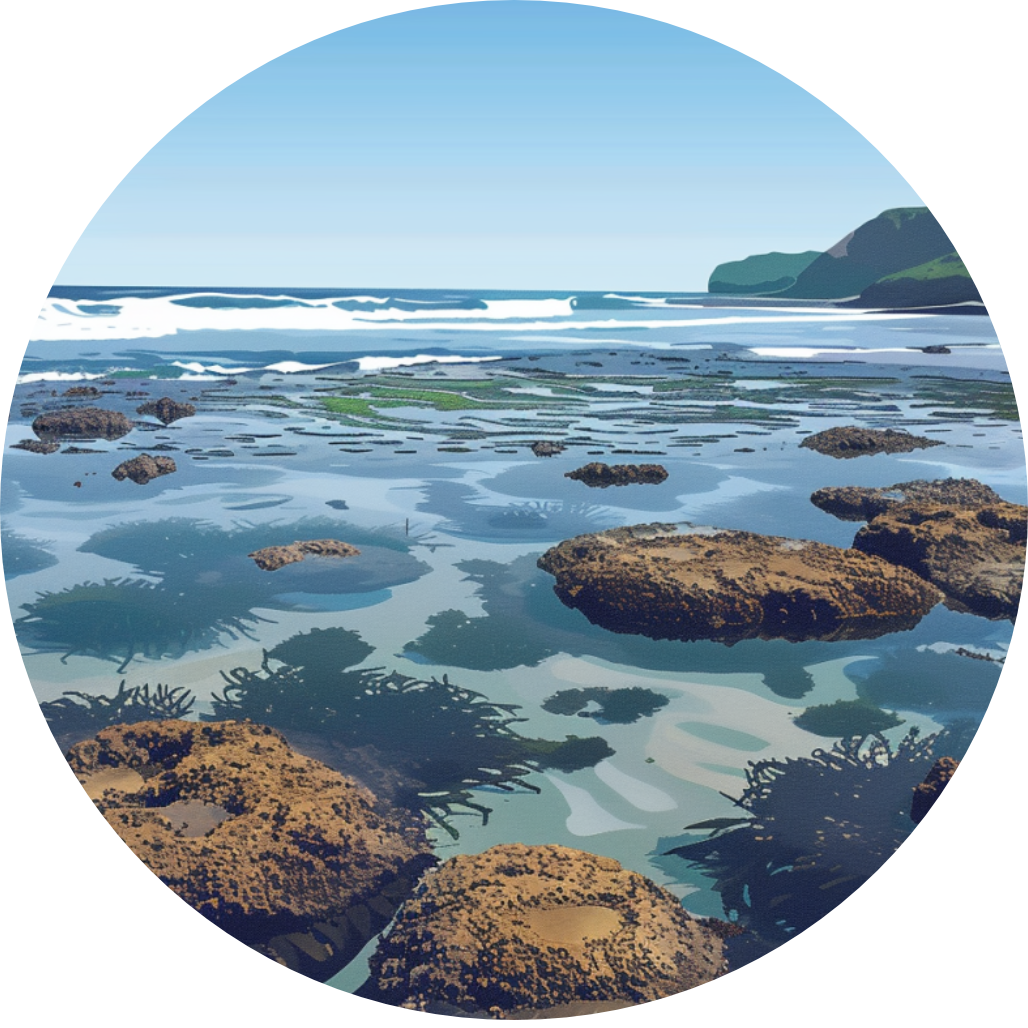
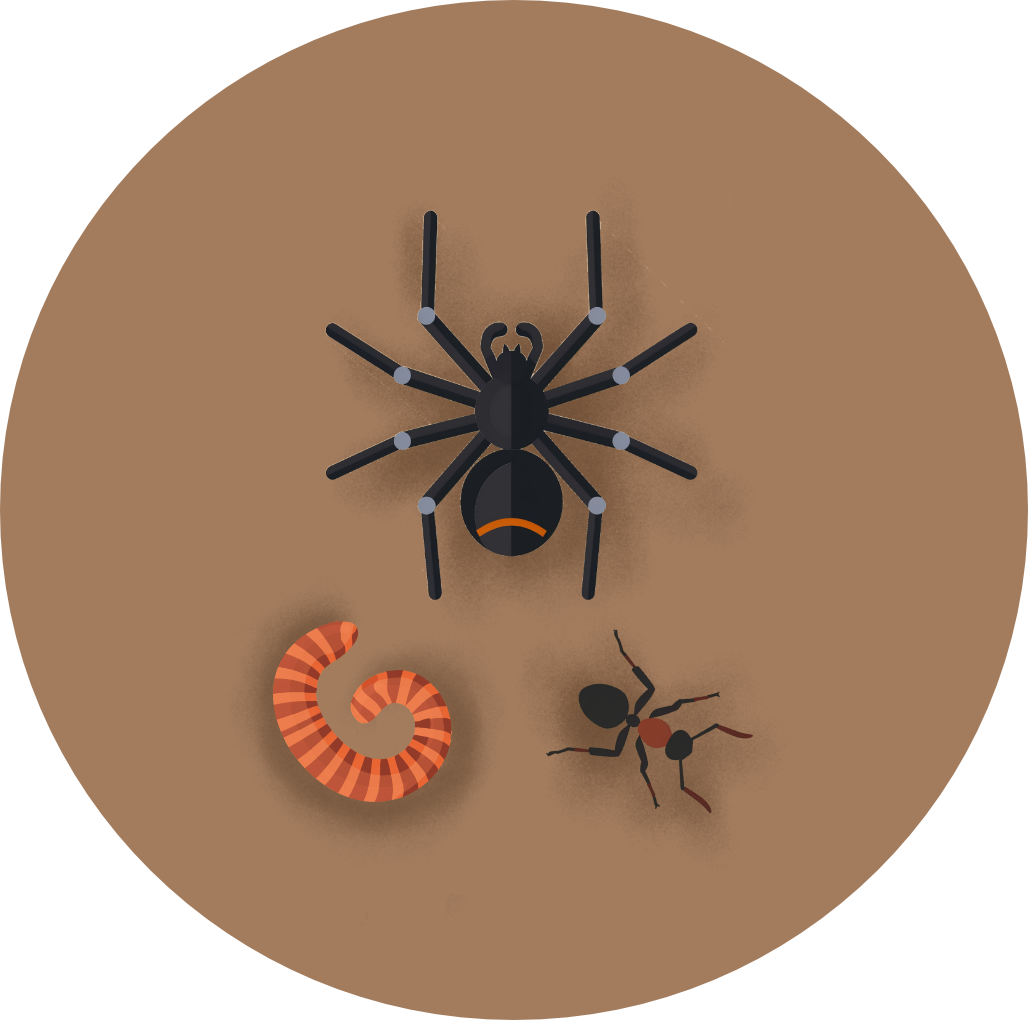
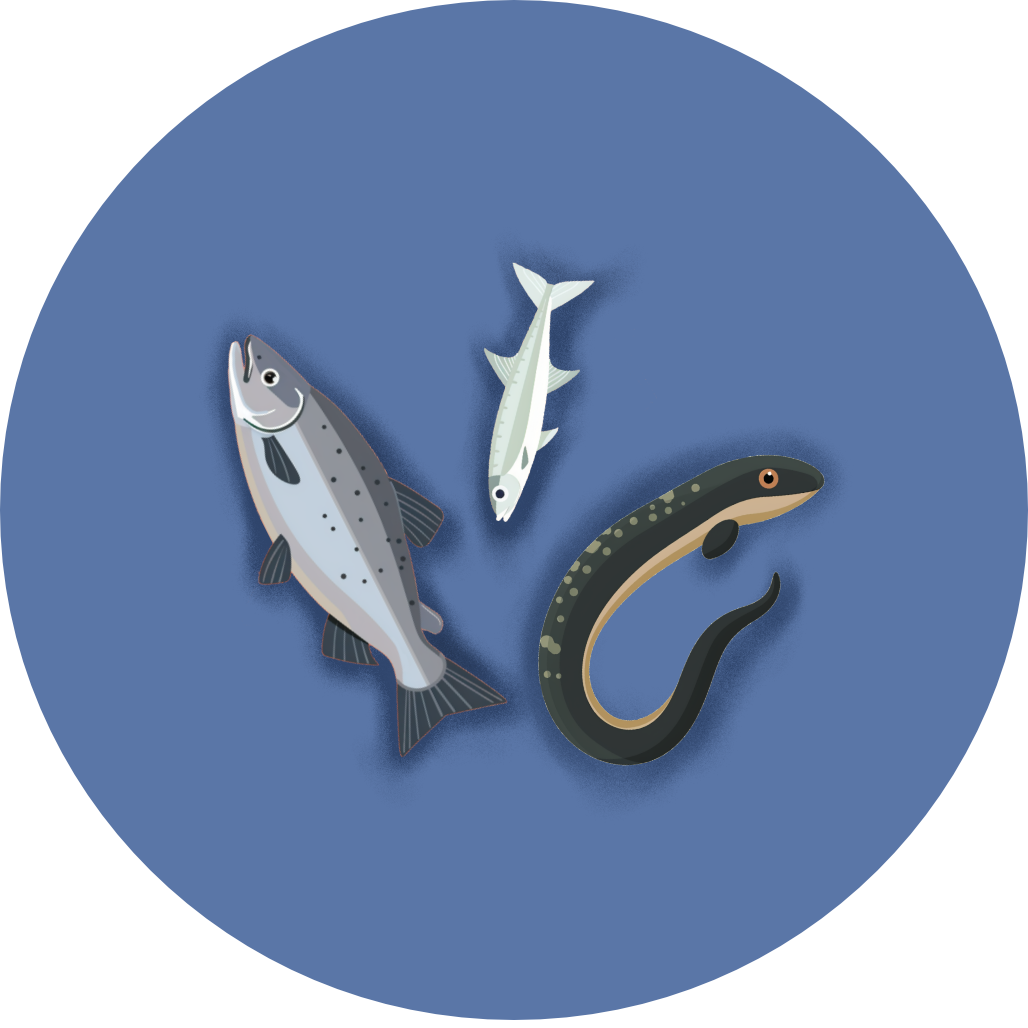
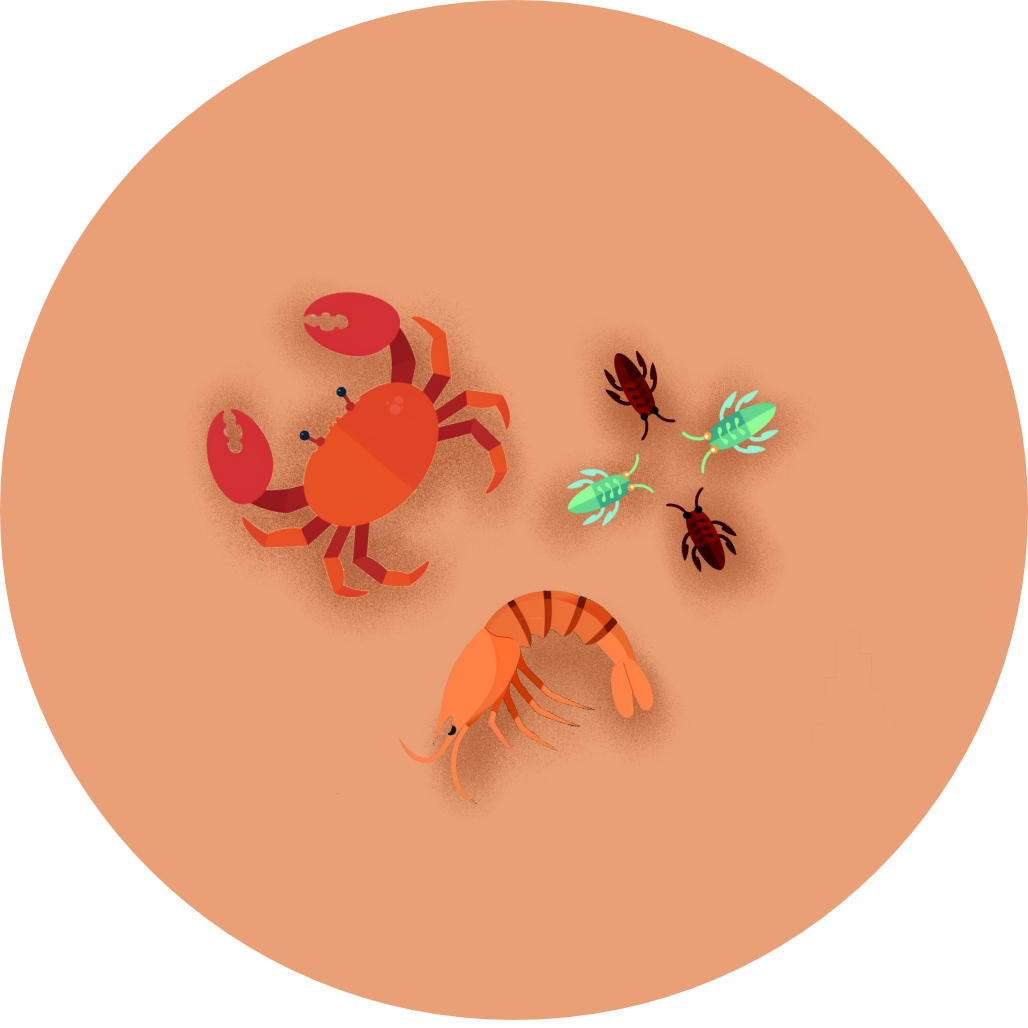
Coming Soon!
Top birding locations will be available in a future update.